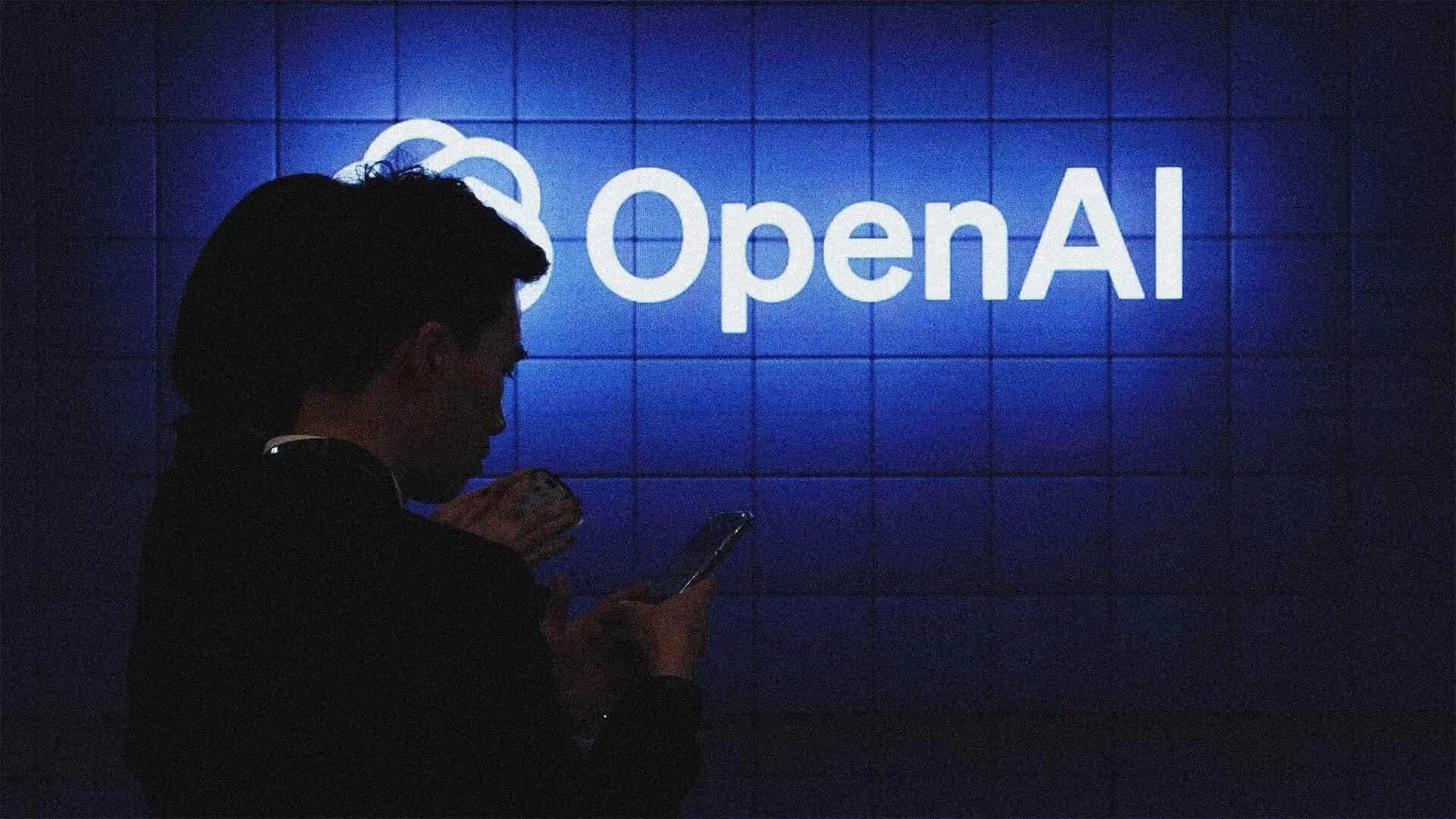Oracle has set the markets buzzing with its most audacious vision yet. On September 10, 2025, the company’s stock soared by more than 32 percent in premarket trading, a rally fueled not by its present numbers but by its future promises. The spotlight is firmly on Oracle’s AI-powered cloud services, which CEO Safra Catz claims could deliver a staggering $144 billion in annual revenue by the end of this decade.

Bold Predictions Amid Weak Earnings
Interestingly, this surge came despite Oracle’s fiscal Q1 2026 results missing Wall Street’s expectations. The company reported revenue of $14.9 billion, slightly below the projected $15 billion, and earnings per share at $1.47 compared to the expected $1.48. Typically, such results would disappoint investors, but Oracle’s grand vision of AI-driven cloud growth shifted the narrative.
Safra Catz laid out a growth roadmap that shows Oracle Cloud Infrastructure moving from $18 billion in fiscal 2026 to $32 billion the following year, then rapidly scaling to $73 billion, $114 billion, and finally $144 billion by 2030. While some analysts call this an overly aggressive projection, investors are responding to the optimism and to the company’s strong positioning in AI infrastructure.

Major AI Partnerships and Contracts
Part of the excitement stems from Oracle’s growing list of high-profile AI clients, which include OpenAI, Elon Musk’s xAI, and Meta. These partnerships underscore Oracle’s role as a critical infrastructure provider in the generative AI revolution. The company also reported signing four multibillion-dollar contracts in Q1 alone, pushing its Remaining Performance Obligations (RPO) to $455 billion, up 359 percent year-over-year. Oracle expects this backlog to exceed $500 billion soon, giving investors confidence in its long-term pipeline.
ADVERTISEMENT
Speculation is also swirling around a $30 billion annual contract beginning in 2028, which many believe may be linked to OpenAI, though neither party has confirmed the details.
Betting Big on Infrastructure
To achieve its ambitious goals, Oracle is investing heavily in infrastructure, particularly in Nvidia GPUs, which power AI applications. The company plans to expand its capital expenditures to $35 billion by 2026, up from earlier estimates of $25 billion. These investments will strengthen Oracle Cloud Infrastructure and allow it to compete directly with rivals Amazon Web Services and Google Cloud.
At the same time, Oracle has tightened costs through layoffs and reduced employee bonuses, signaling that the company is funneling resources aggressively into AI expansion.

Stargate and the Future of AI
Adding another layer of intrigue, Oracle is involved in the Stargate project, a $500 billion AI super-infrastructure initiative alongside OpenAI, SoftBank, and reportedly former U.S. President Donald Trump. While details remain unclear, Stargate is intended to build next-generation AI data centers, including a flagship facility in Abilene, Texas. Although delays have been acknowledged, Oracle executives remain confident that business tied to this project will form a critical part of its future growth story.
Stock Market Momentum
Investor enthusiasm is already visible, with Oracle’s stock climbing more than 70 percent over the past year. The latest rally confirms how central AI is becoming to market valuations, with Oracle now positioning itself as not just a legacy database player but a serious contender in the AI infrastructure arms race.
ADVERTISEMENT

The Big Question
The key question now is whether Oracle’s $144 billion target is a realistic trajectory or simply a bold promise designed to excite investors. While the numbers may appear ambitious, the combination of major contracts, growing AI demand, and massive infrastructure investments suggests that Oracle is betting everything on being one of the top three global cloud providers.
Whether this vision materializes or not, one thing is certain: Oracle has managed to capture the market’s attention in a way few could have predicted.
Follow Marketing Moves on Instagram and Facebook for more insights into bold corporate strategies, AI-driven transformations, and the marketing narratives shaping global business.
















